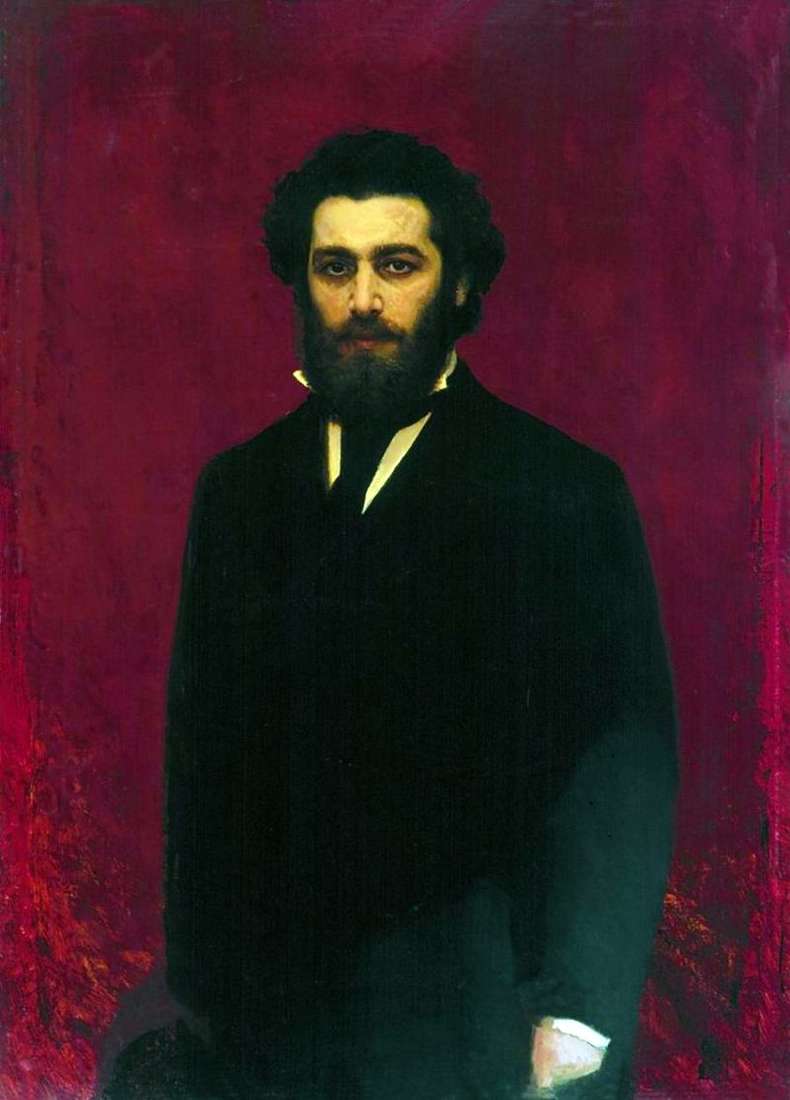
Always rejoicing in someone else’s luck, in 1877 Kramskoy turns to Repin with an enthusiastic letter about the portrait of AI Kuindzhi written by him. After a passionate, professionally profound analysis of Repin’s painting, Kramskoy writes: “For the first time in my life I envied a living person, but not the unworthy envy that distorts a person, but the envy from which it hurts and at the same time is joyful, it hurts that it’s not I who did it, but it’s joyful that here it exists, it’s done, therefore, the ideal can be grabbed by the tail, and then it is seized. “
Meanwhile, Kramskoy himself created several portraits of AI Kuindzhi.
With all the merits of Repin’s work, the image created by Kramskoy significantly complements our notion of the artist, the mystery of the picturesque method which still impresses the audience. Not a passionate pressure, not a rush – this portrait is dominated by the silence of concentration, immersion in the world of harmonic detached contemplation.
Kramskoye seemed to have spied a moment of creative concentration, when the artist remains alone with his canvas. On a softly vibrant brownish-green background, Kuinji’s fluffy “biblical” head stands out, thin greenish shadows lie on a broad, light forehead, oblong oblong, eastern cut eyes half-closed by heavy lids.
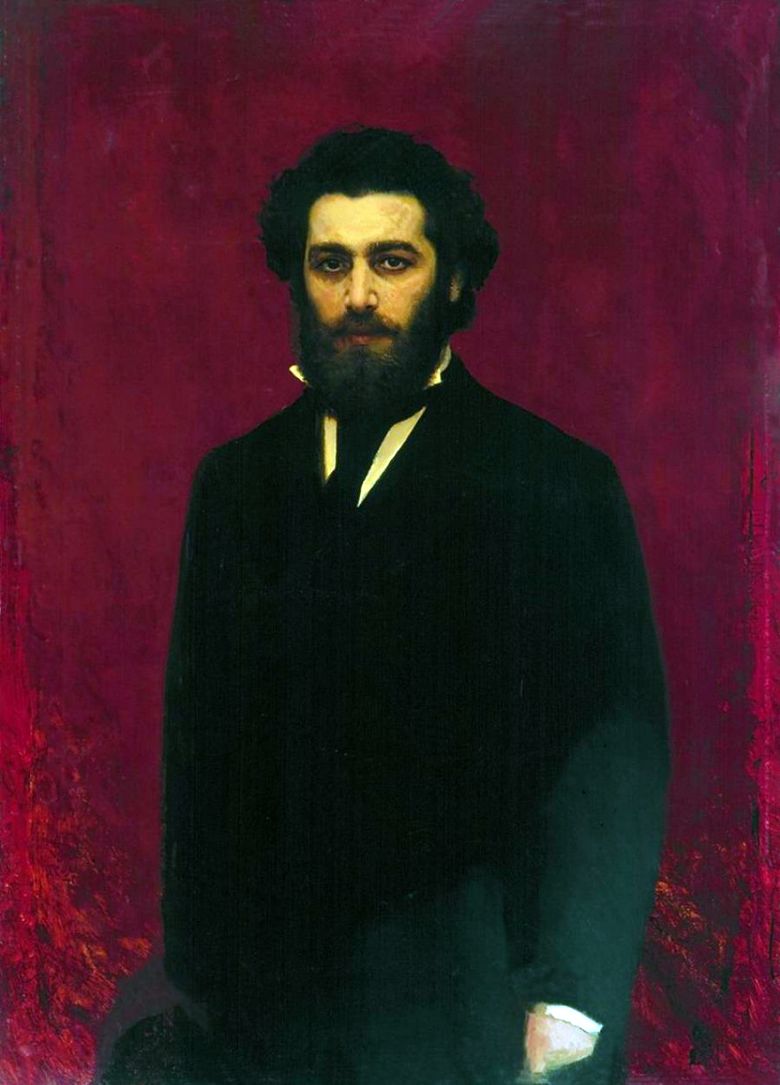 Portrait de l’artiste Arkhip Ivanovich Kuindzhi – Ivan Kramskoy
Portrait de l’artiste Arkhip Ivanovich Kuindzhi – Ivan Kramskoy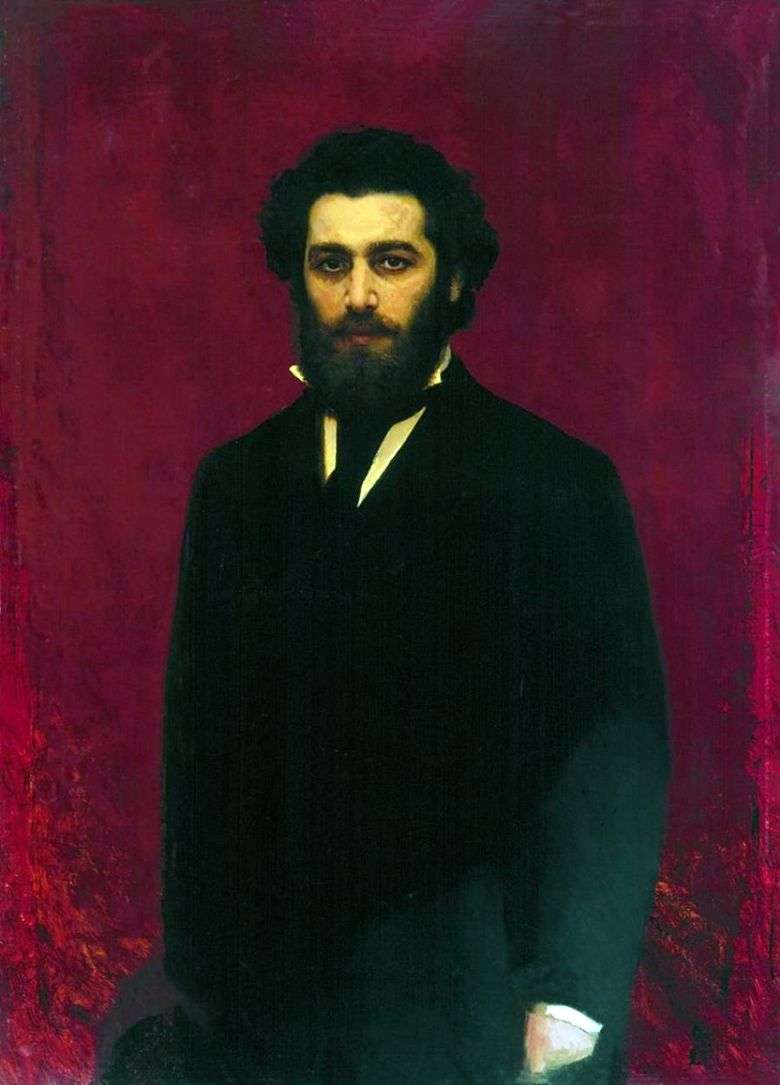 Retrato del artista Arkhip Ivanovich Kuindzhi – Ivan Kramskoy
Retrato del artista Arkhip Ivanovich Kuindzhi – Ivan Kramskoy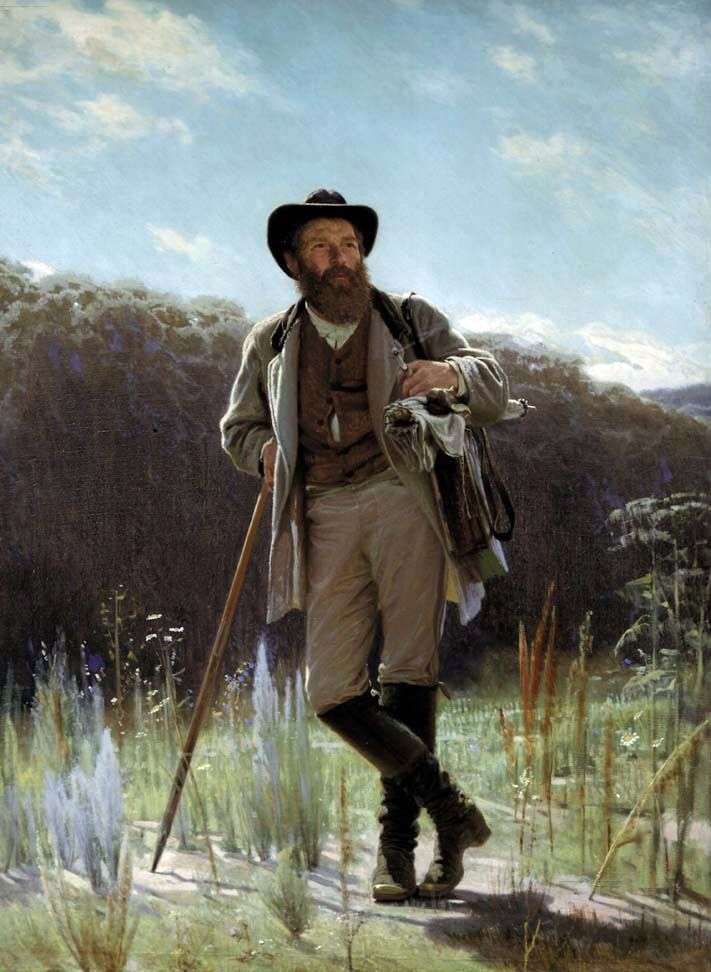 Portrait of the artist I. Shishkin by Ivan Kramskoy
Portrait of the artist I. Shishkin by Ivan Kramskoy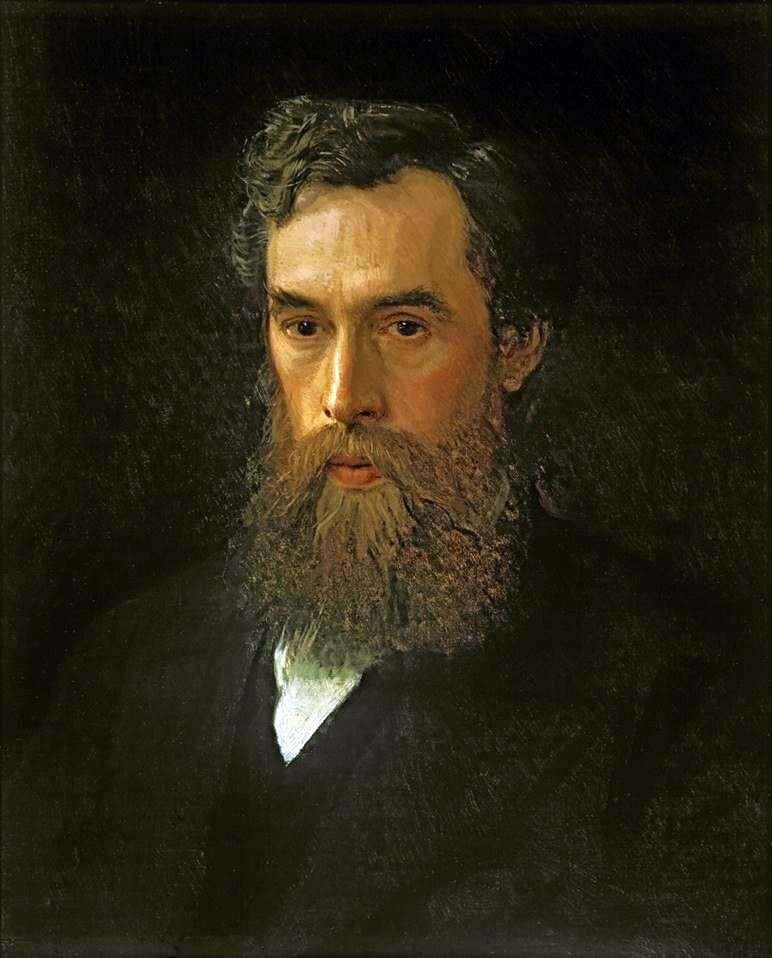 Portrait of Pavel Mikhailovich Tretyakov by Ivan Kramskoy
Portrait of Pavel Mikhailovich Tretyakov by Ivan Kramskoy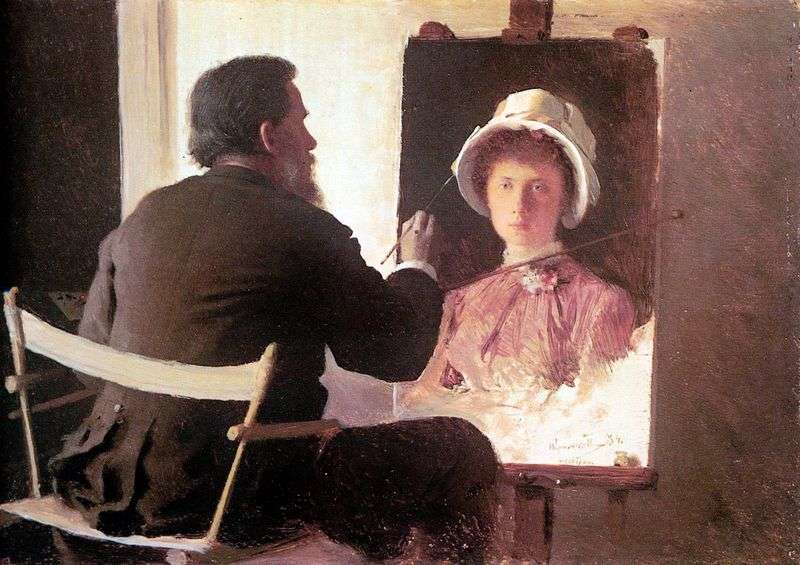 Kramskoy, writing a portrait of her daughter by Ivan Kramskoy
Kramskoy, writing a portrait of her daughter by Ivan Kramskoy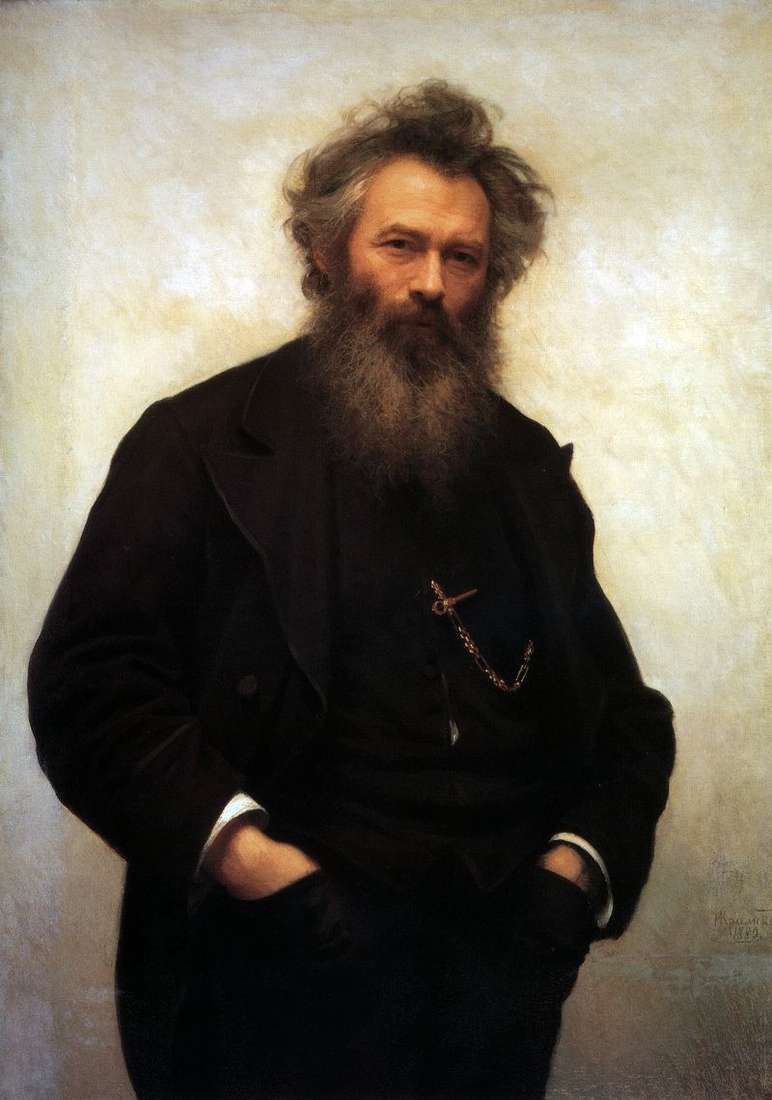 Portrait of Ivan I. Shishkin by Ivan Kramskoy
Portrait of Ivan I. Shishkin by Ivan Kramskoy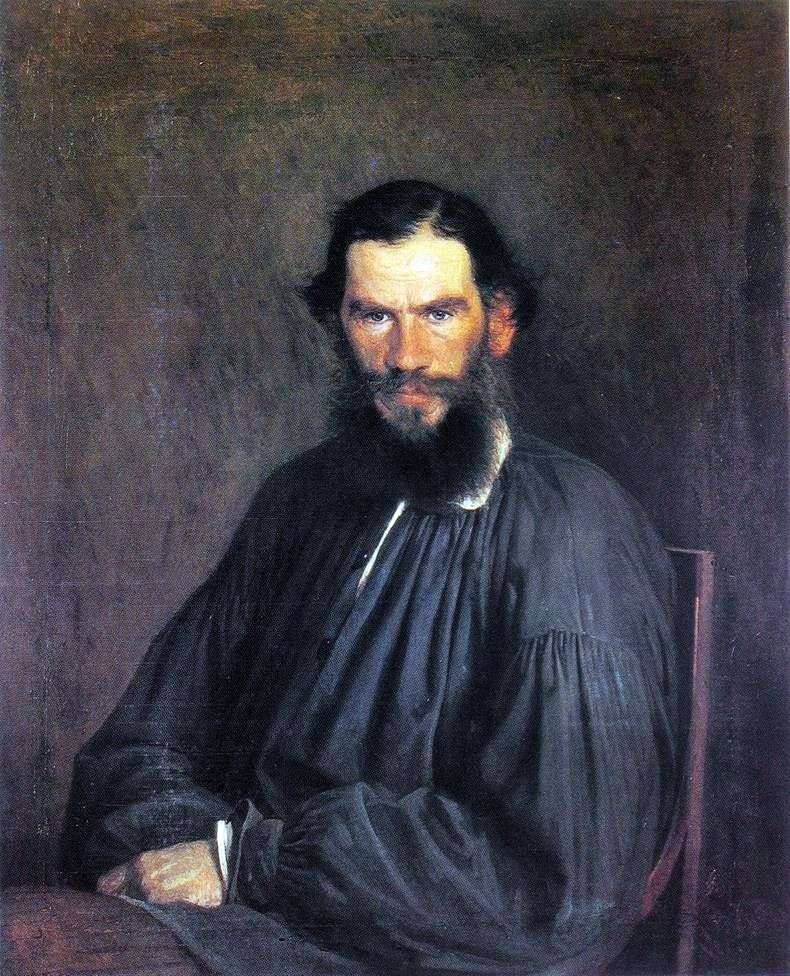 Portrait of Leo Tolstoy by Ivan Kramskoy
Portrait of Leo Tolstoy by Ivan Kramskoy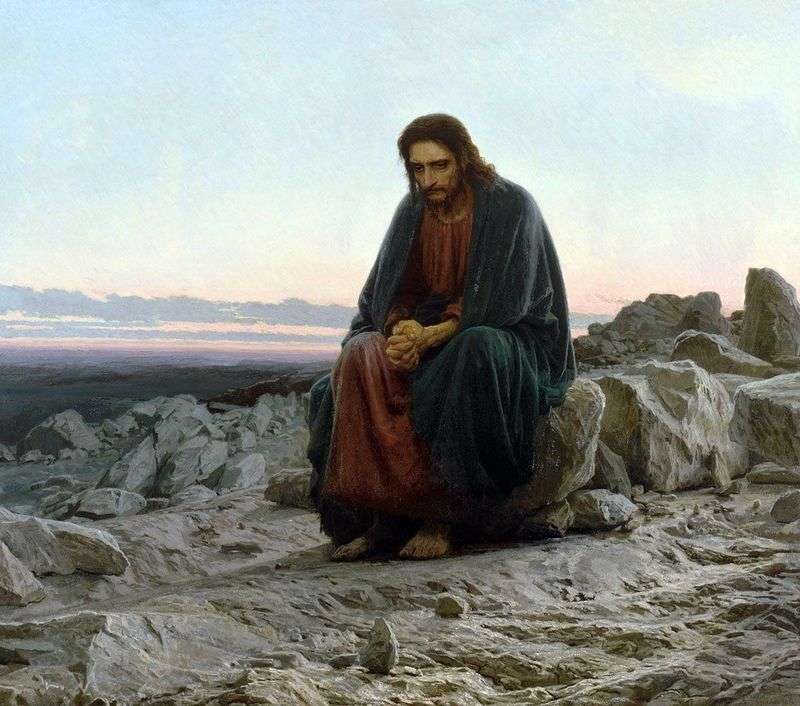 Christ in the desert by Ivan Kramskoy
Christ in the desert by Ivan Kramskoy